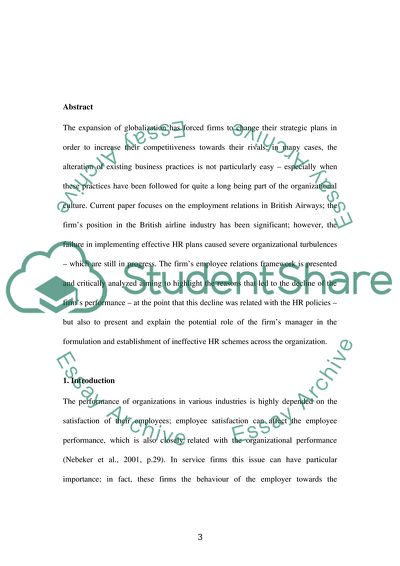Cite this document
(“Employee Relations at British Airways Term Paper”, n.d.)
Employee Relations at British Airways Term Paper. Retrieved from https://studentshare.org/sociology/1744163-employee-relations-at-british-airways
Employee Relations at British Airways Term Paper. Retrieved from https://studentshare.org/sociology/1744163-employee-relations-at-british-airways
(Employee Relations at British Airways Term Paper)
Employee Relations at British Airways Term Paper. https://studentshare.org/sociology/1744163-employee-relations-at-british-airways.
Employee Relations at British Airways Term Paper. https://studentshare.org/sociology/1744163-employee-relations-at-british-airways.
“Employee Relations at British Airways Term Paper”, n.d. https://studentshare.org/sociology/1744163-employee-relations-at-british-airways.


